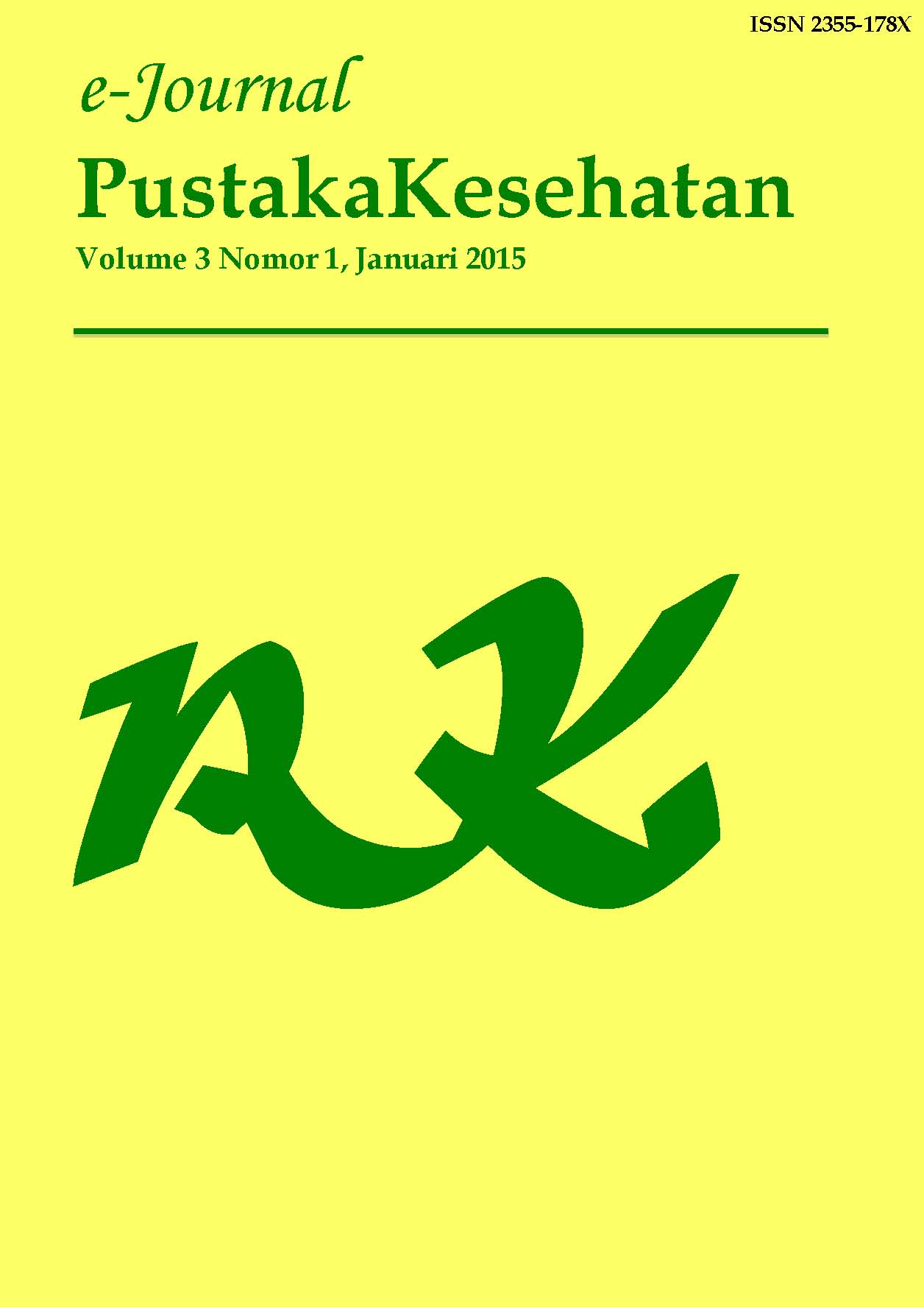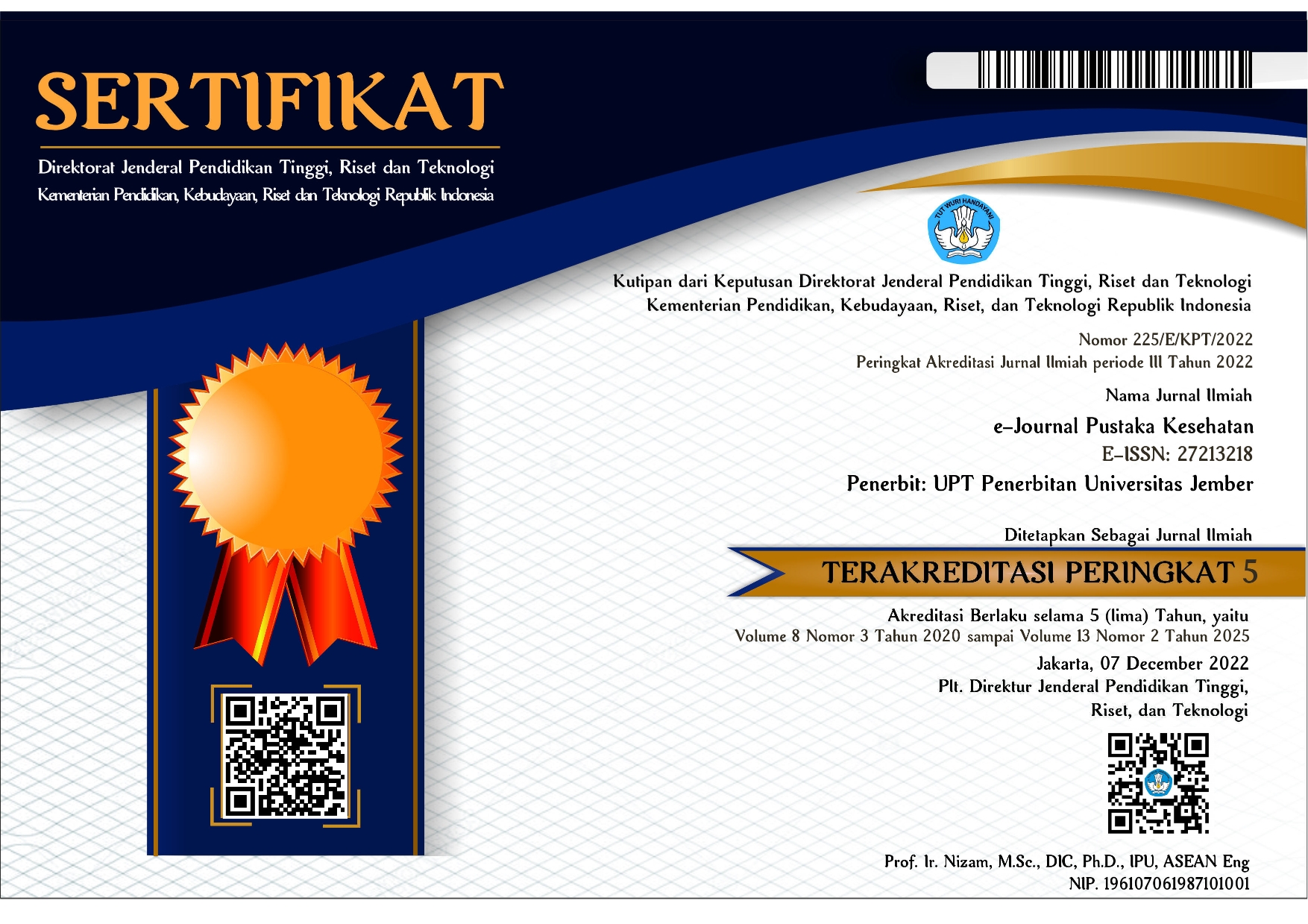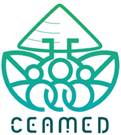Koloni Bakteri pada Hasil Pencetakan Hidrokoloid Ireversibel setelah Direndam Rebusan Rimpang Lengkuas (Alpinia galanga) (Bacterial Colonies on Irreversible Hydrocolloid Impressing Produce after Immersion in Alpinia galanga Solution)
Abstract
Background: Alpinia galanga is an herbal plant that contains antibacterial substances. The content of the antibacterial substance is useful as a disinfectant on irreversible hydrocolloid impressing produce to avoid the risk of cross infection. Objective: The objective of this study was to determine the number of bacterial colonies on irreversible hydrocolloid impressing produce after immersion in Alpinia galanga solution. Methods: The study is experimental laboratory by post-test only control group design. The sample size was 24, which was divided into 4 groups (1 control group and 3 treatment groups). Each group consisted of 6 samples. Disinfection method was by immersion for 15 seconds. Results and Conclusions: The decline levels in the number of bacterial colonies on irreversible hydrocolloid impressing produce after immersion in Alpinia galanga solution were 37.19% and 49.23%. The conclusion is that there are differences in the number of bacterial colonies on irreversible hydrocolloid impressing produce after immersion in various treatments. Alpinia galanga solution can effectively decrease the number of bacterial colonies on irreversible hydrocolloid impressing produce although descriptively the mean of it is lower than alcohol 70%.
Keywords: Alpinia galanga, irreversible hydrocolloid, bacterial colonies
e-Journal Pustaka Kesehatan has CC-BY-SA or an equivalent license as the optimal license for the publication, distribution, use, and reuse of scholarly work. Authors who publish with this journal retain copyright and grant the journal right of first publication with the work simultaneously licensed under a Creative Commons Attribution-ShareAlike 4.0 International License that allows others to share the work with an acknowledgment of the work's authorship and initial publication in this journal.











